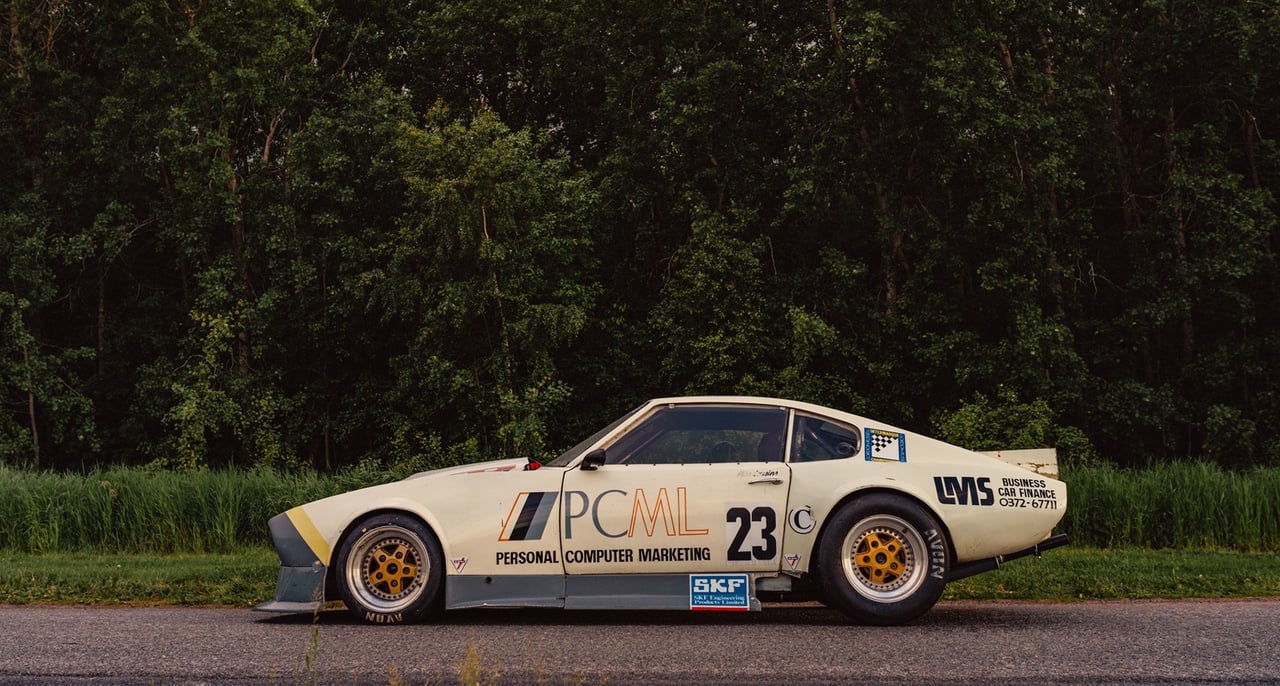
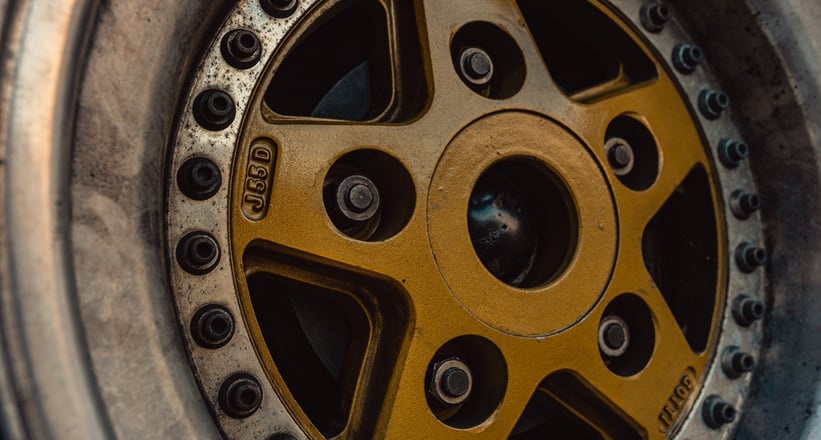
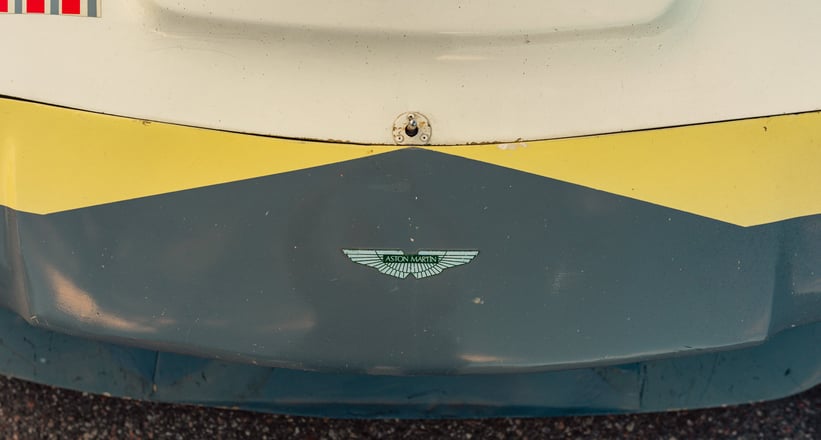
With Aston Martin’s recent announcement of their change in strategy to producing more hard-core road cars, now’s the perfect time to revisit one of the most unhinged Astons to ever stalk the United Kingdom’s racing circuits: Mike Cousin and David Jack’s Aston Martin V8.
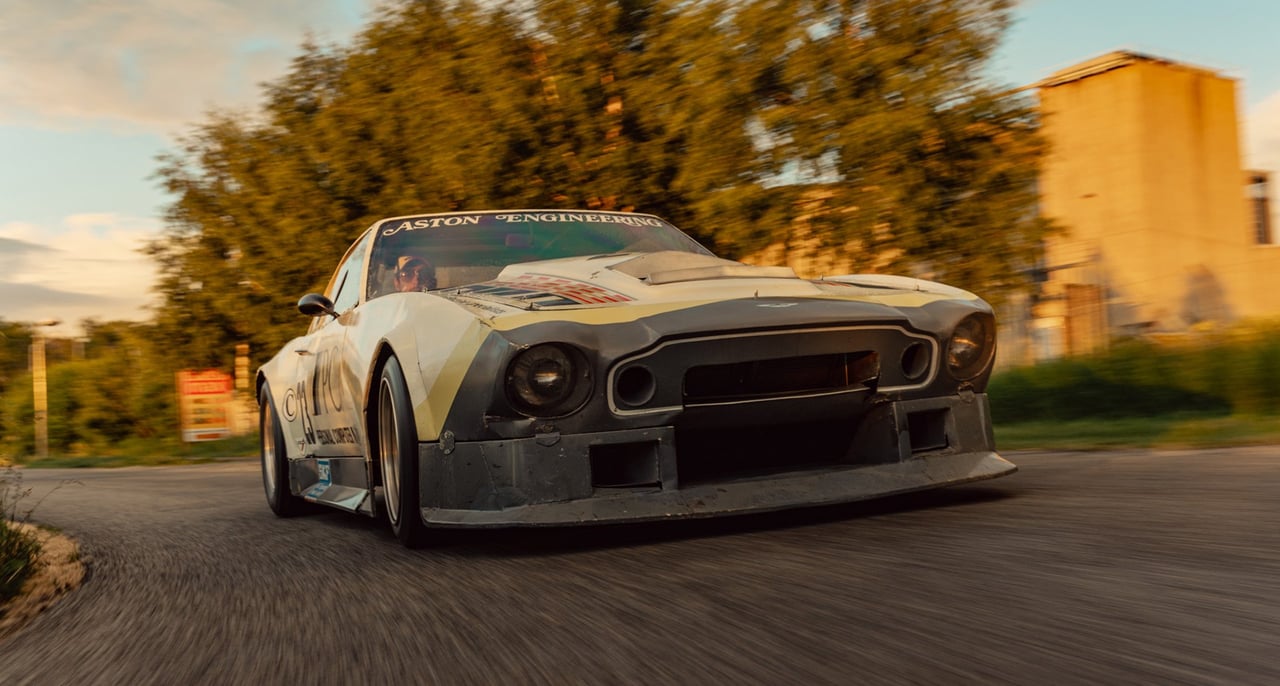
The story begins in the in 1970s, when — true to form — Aston Martin was in a bit of a financial pickle. This wasn’t helped by fair weather enjoyed by the competition. Porsche had just birthed a legend with its 911 Turbo, Ferrari were stealing hearts with the 512BB, and the Lamborghini Countach was busy covering every bedroom wall on Earth. Aston Martin’s time to shine came with the V8, which took the world by storm. Aston were adamant that the V8 was a thoroughbred GT, refusing to reveal performance figures, simply stating it had “more than enough”. Despite the modesty, within a few years it would be crowned the world’s fastest production car, an extremely impressive feat considering it had four seats.

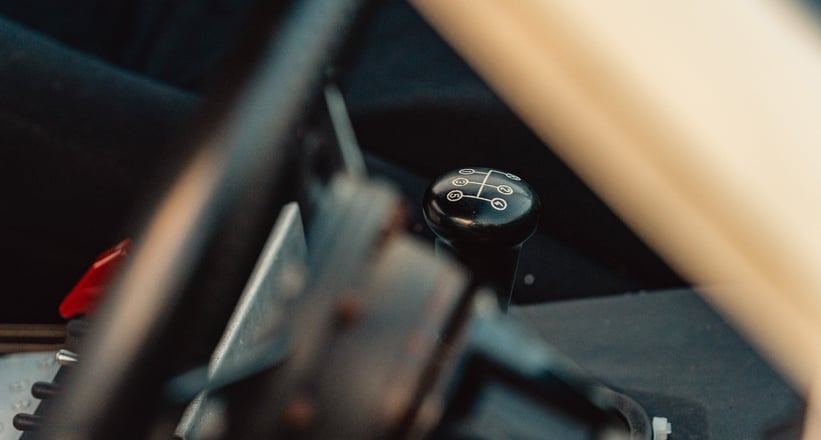
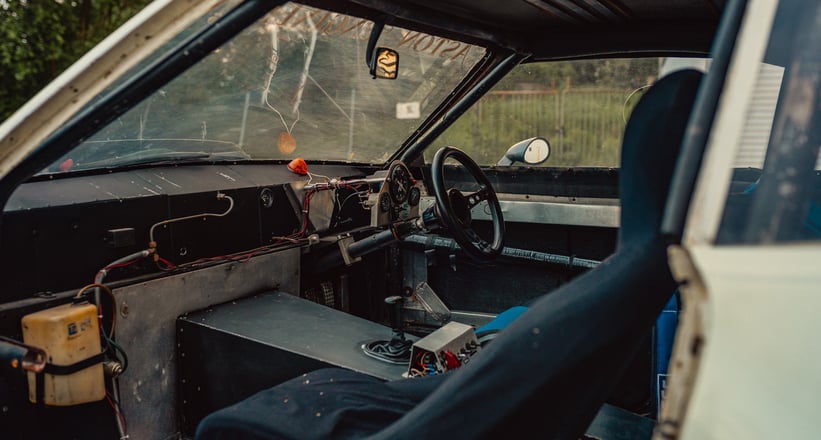
Clearly the V8 had potential on track, and two former Rolls Royce engineers, Robin Hamilton and David Jack, took notice, creating the RHAM/1 Le Mans racer using the V8 as a basis, dubbed “Le Monstre”. David Jack then started Aston Engineering in 1983, and the following year, he teamed up with gentleman racer Mike Cousins, who was beginning his first season behind the wheel of his 1972 Aston Martin V8.
Jack, who had clearly developed a bit of a thing for the V8, immediately got to work. The luxurious interior was stripped out and replaced with a hardcore racing cage. Power steering was thrown in the bin, and the doors and hood were replaced with fibreglass instead of aluminium. Considering the 1200 man hours poured into each Aston V8, this devotion to weight saving was admirable indeed. While early outings looked promising, the real modifications would only begin the following year.
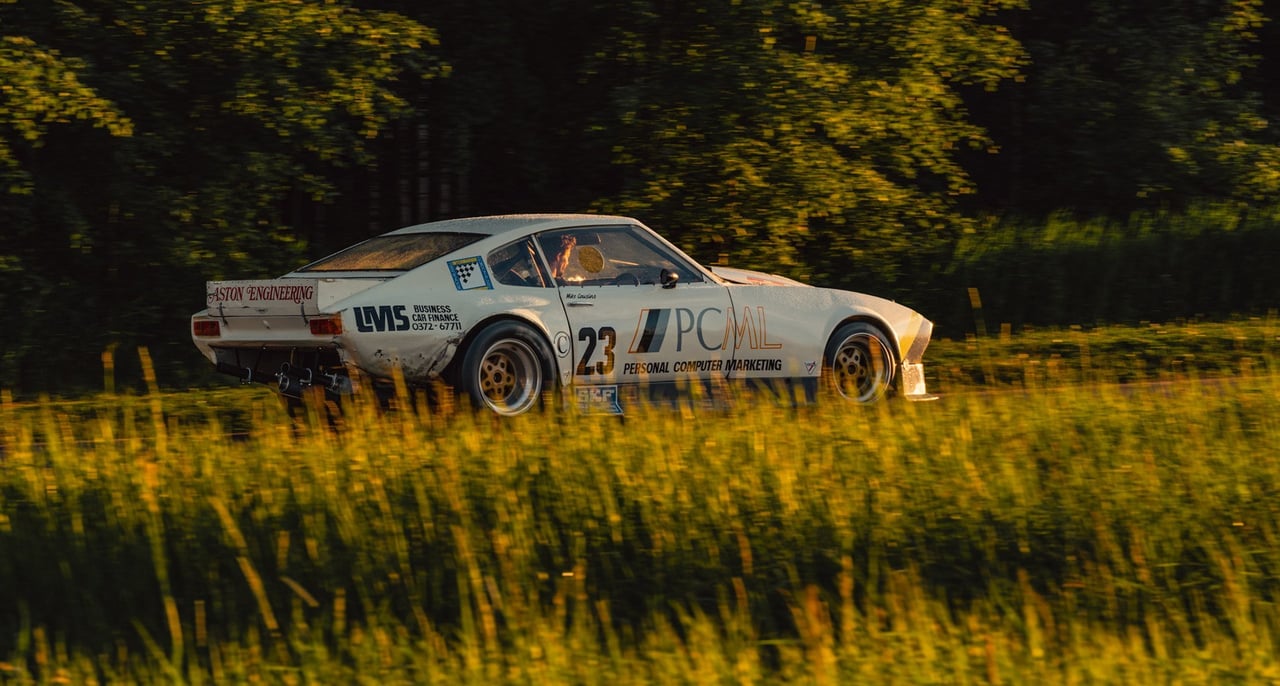
At the time, Aston were following the “one man, one engine” philosophy, and as you can imagine, this meant each engine was unique. Aston wouldn’t admit power, but Jack managed 470 bhp with weber carburettors bored to 50mm, Vantage inlet and exhaust valves, custom camshaft profiles, and a custom exhaust. Compared to what was to come, this was still a relatively stock engine, and yet it still boasted 100 hp more than its Italian rivals. On factory brakes and road wheels, they managed consistently quick lap times of 1:01 minutes around Silverstone, and in the Intermarque series, they went from finishing 13th or 14th to 5th or 6th.
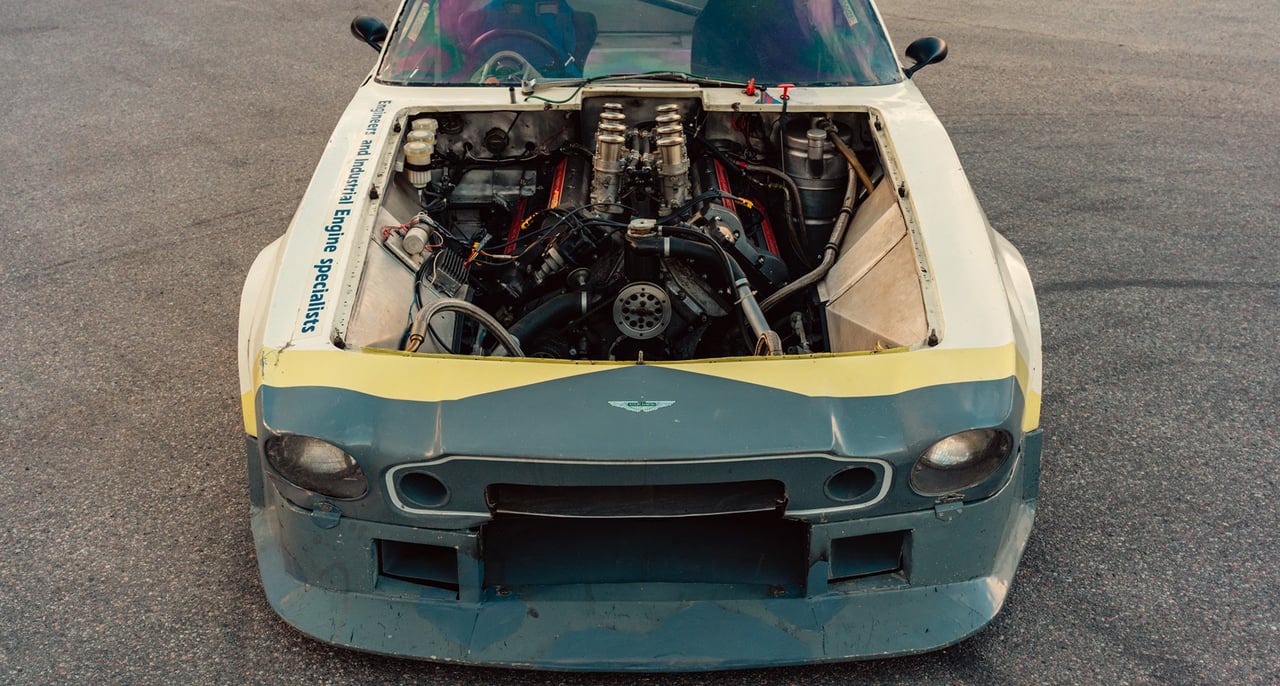
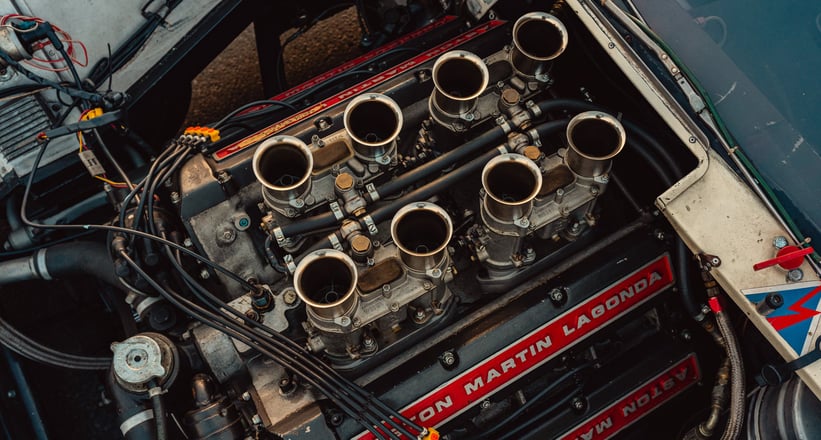
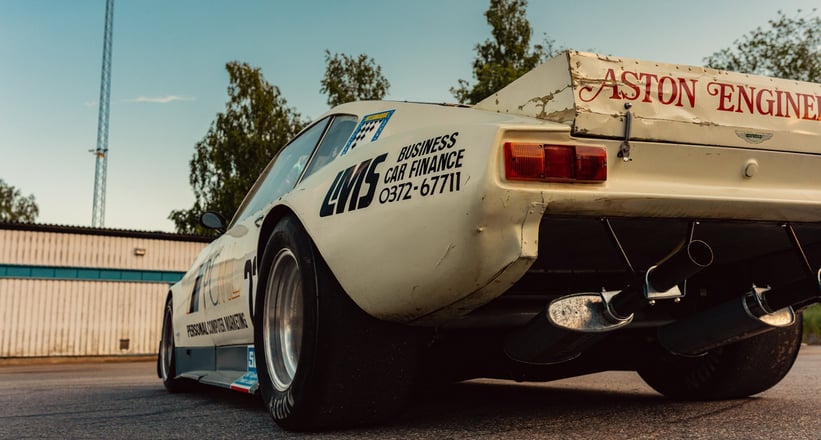
However, Jack and the boys at Aston Engineering weren’t satisfied, and this is when this Aston V8 went from a race-prepped road car to an all-out track monster. Camshafts were replaced with the company's own, and the pistons were replaced with Cosworth items to increase the degree of compression; power was now up to 490bhp. As any good race engineer will tell you, power isn’t the only important factor in a winning race car. Handling had to be improved too, and so the engine was moved back by 300mm and lowered by 80mm for better weight distribution. It was also solidly mounted to the chassis as all good race engines should be.
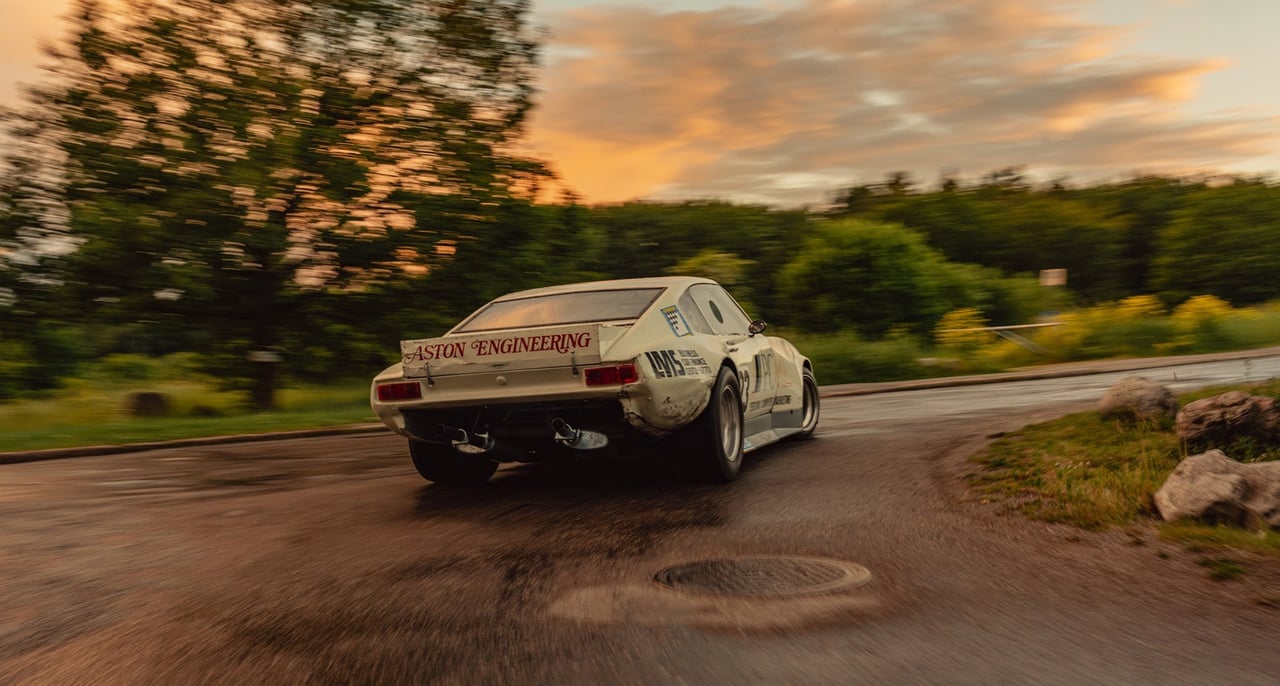
The modifications continued as intake pipes and a dry sump were borrowed from the Lola T70, which competed for a Le Mans win in 1967, and a tiny 19-litre fuel tank was placed in the rear. The car only needed to complete 10 laps, after all. Adjustable race shocks were installed on all four corners and the wheels were wrapped in enormous racing slicks. The rear tyres were 330mm wide and were borrowed from the Can-Am racing series, and they were also incredibly rare with only 25 pairs made.
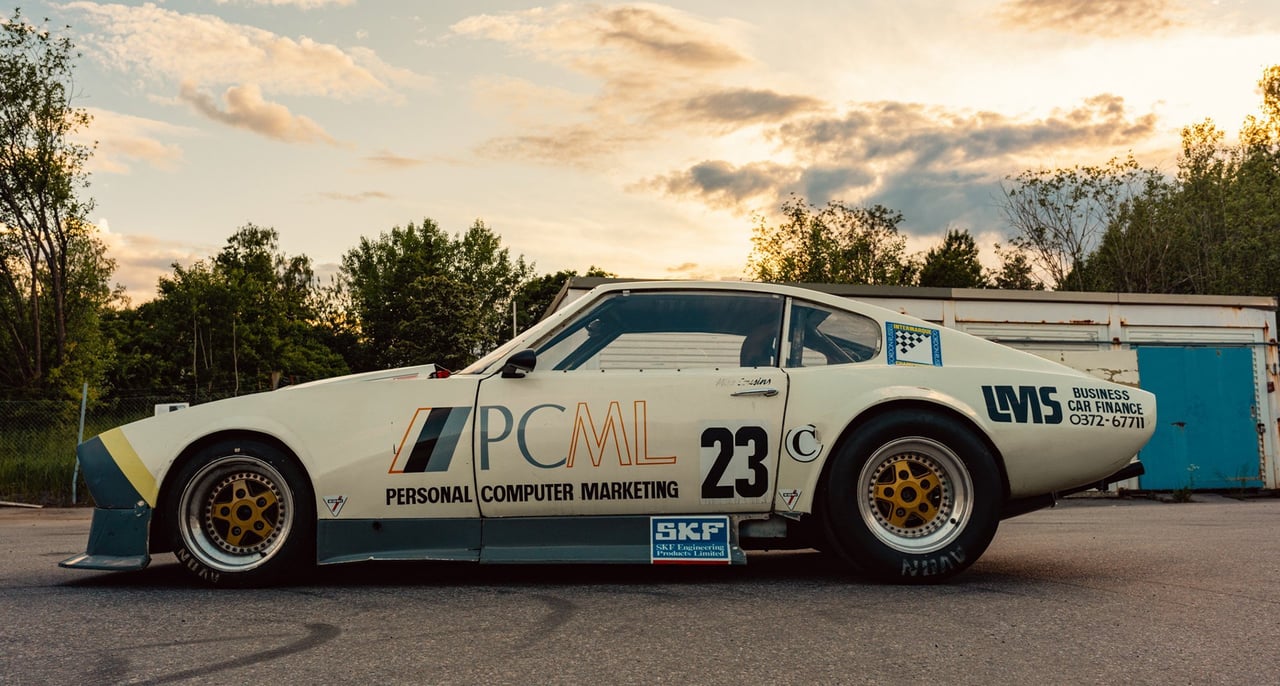
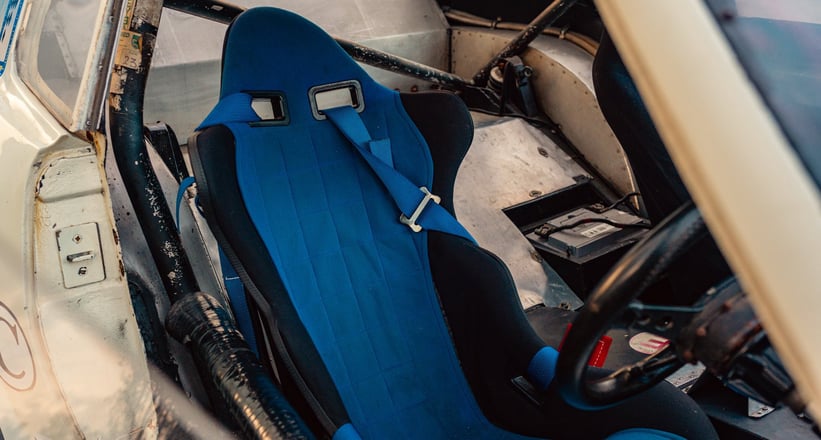
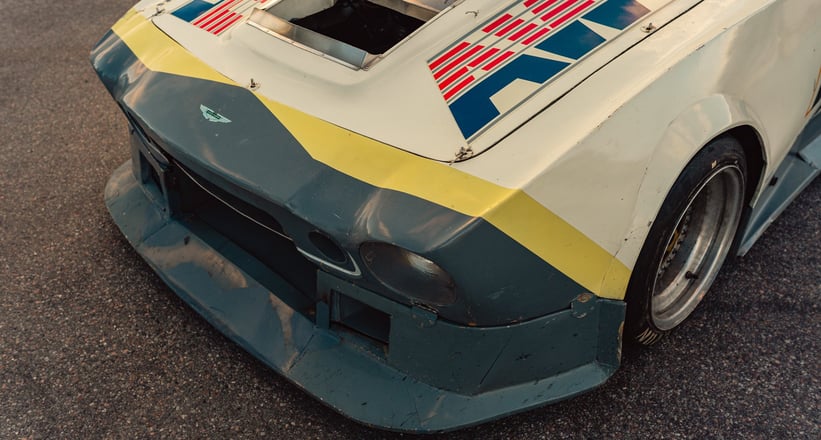
With the mechanical aspects of the car significantly improved, work began on the exterior, where the nose-line was also lowered closer to the tarmac and a different front splitter and spoiler were added for extra downforce. What Jack had created was nothing short of a nightmare for the opposition, and in 1986, Jack and Cousins won the ASCAR trophy in the modified class. Oh, and did we mention they were still running stock brakes?
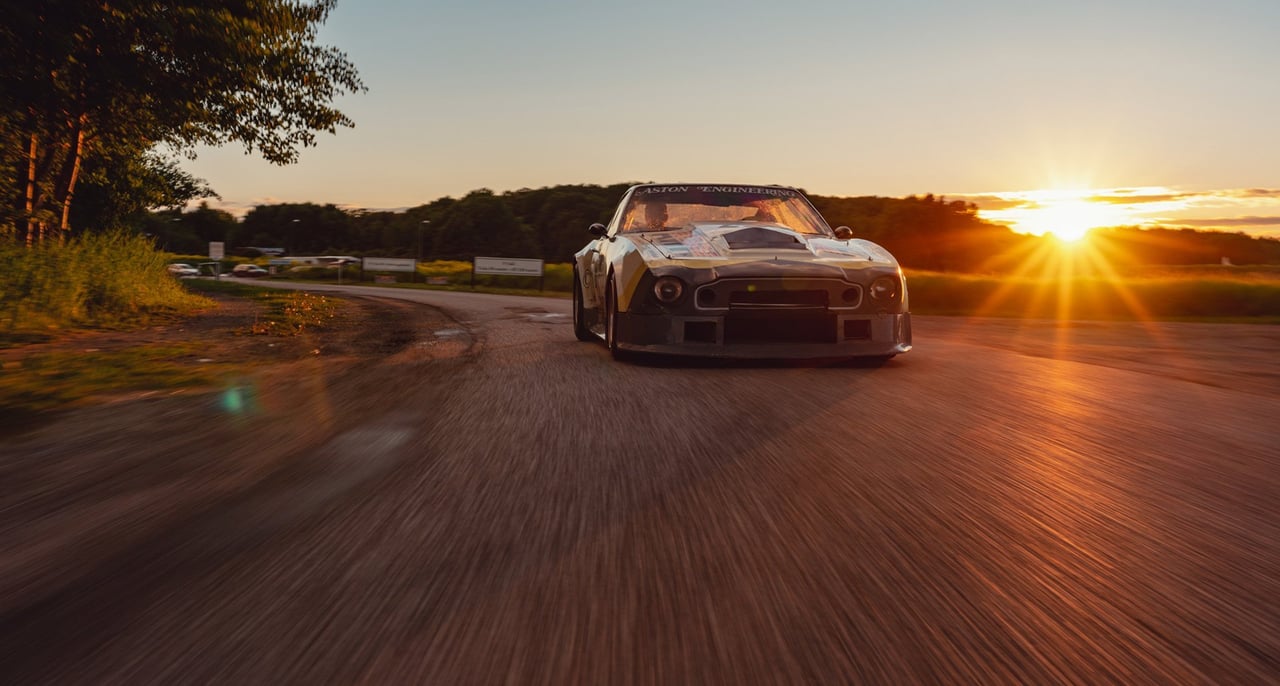
For 1987, they finally improved the V8’s stopping power with ventilated AP discs, while the suspension was again improved with rose joints on the brake reaction strut and roll bar. The monstrous Aston with Cousins behind the wheel proved a lethal combination yet again, winning 8 out of 11 Intermarque races, starting with back to back victories at Silverstone in both wet and dry conditions against a swarm of angry Porsches.
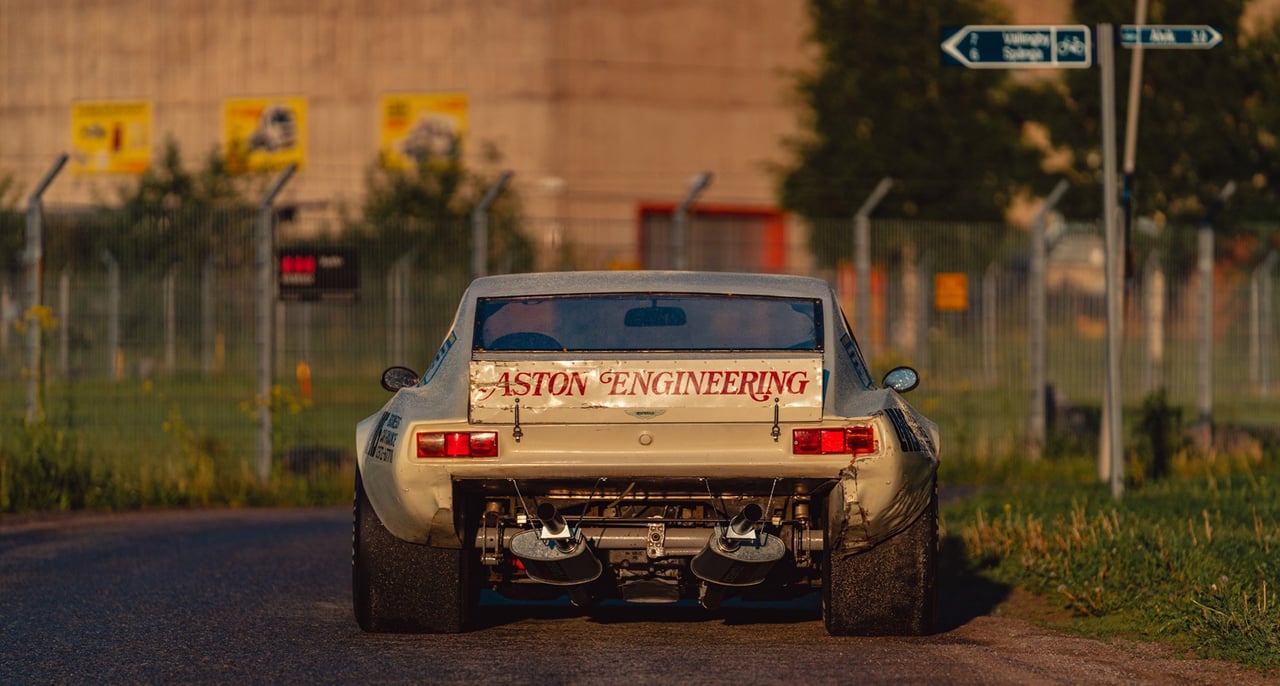
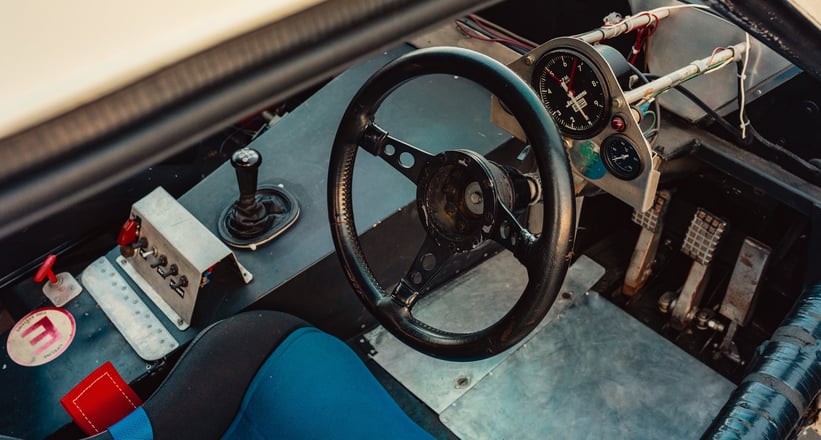

In 1988, more power piled on yet again, thanks to Lucas slide injection, alloy cylinder liners, higher lift camshafts, and slightly larger valves in new cylinder heads, all alongside further weight-saving measures. This brought the snarling 530bhp Aston V8 down to 1115kgs. To mark the occasion, Jack and Cousins changed the V8’s mostly green paint-job, worn between 1984 and 1987, to the two-tone white and grey livery you see here. While performance was certainly there, proven by Jack and Cousins winning a few races, the lack of centre-lock hubs would become quite the disadvantage, resulting in an unlucky year for the pair.

In its final configuration, this track maniac made between 530 and 540bhp, weighed in at a scant 1030kg, and was capable of 0-60mph in 4.7 secs with a top speed of 167 mph. With legendary courses such as Donington Park, Silverstone, and Mallory Park on its CV, the car appeared on Peter Möller's radar. In 1988, he added it to his car collection, where it has remained until today.
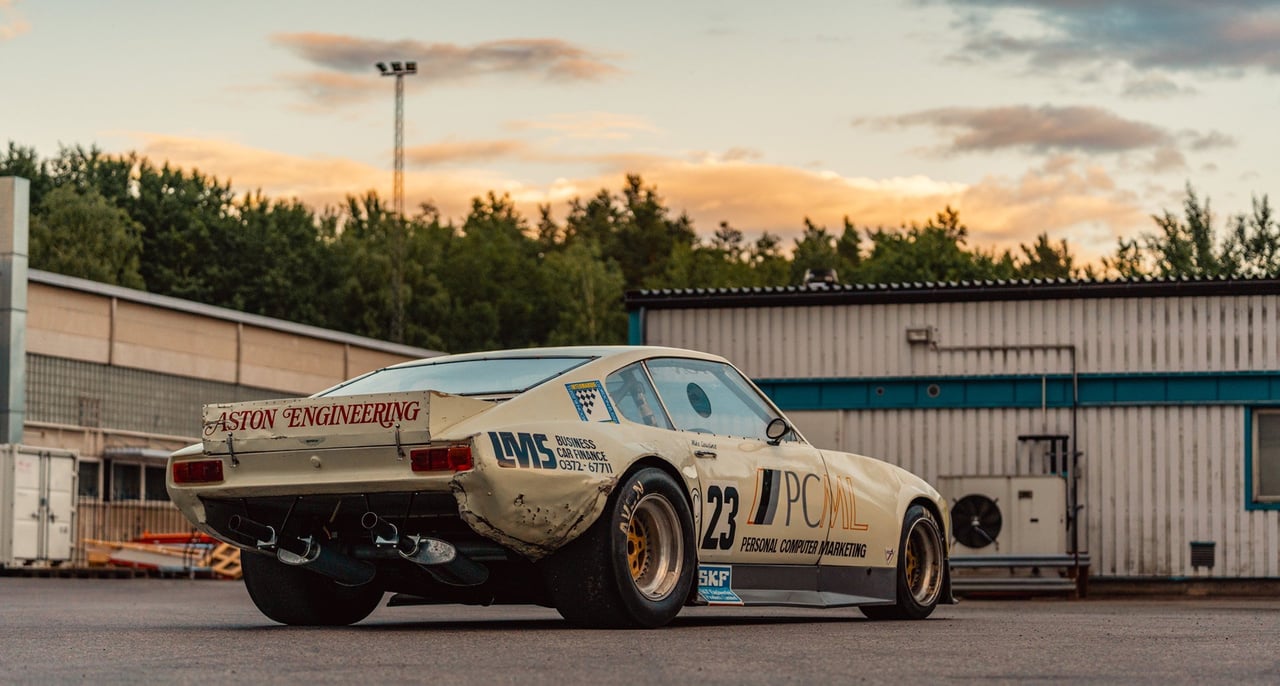
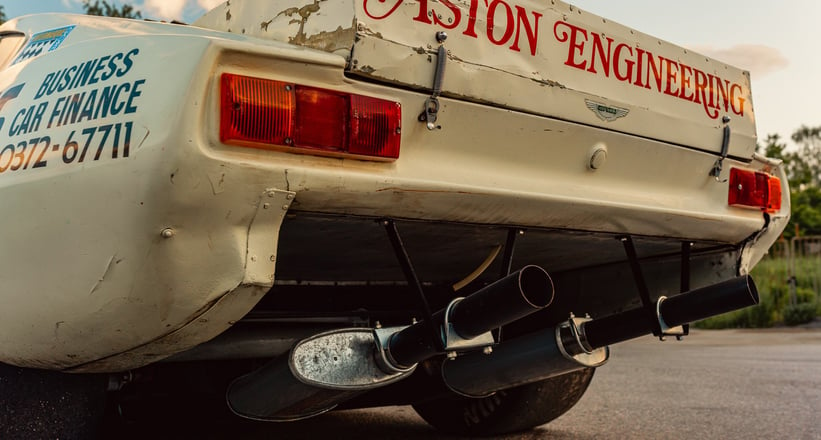
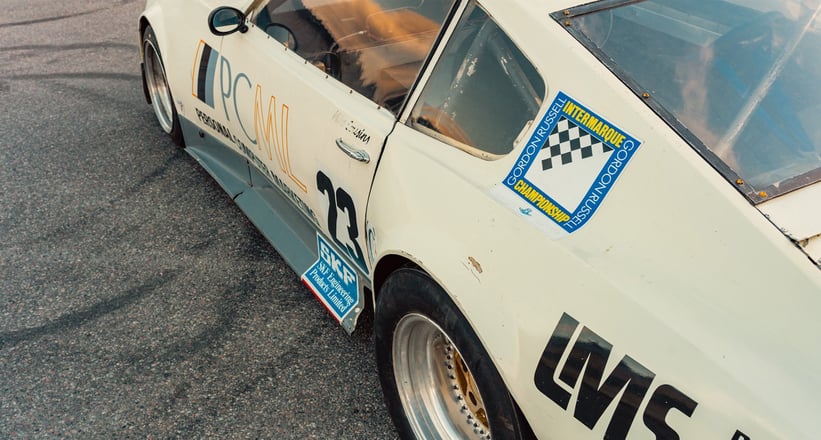
“It’s a dream to have the car. Just to look at it is amazing; I loved the experience I had putting it back together. It could probably still do some decent lap times, but the development is not there. Other cars from the era have continued to be developed over the years, while this is exactly the same as it was in 1988,” says Peter.
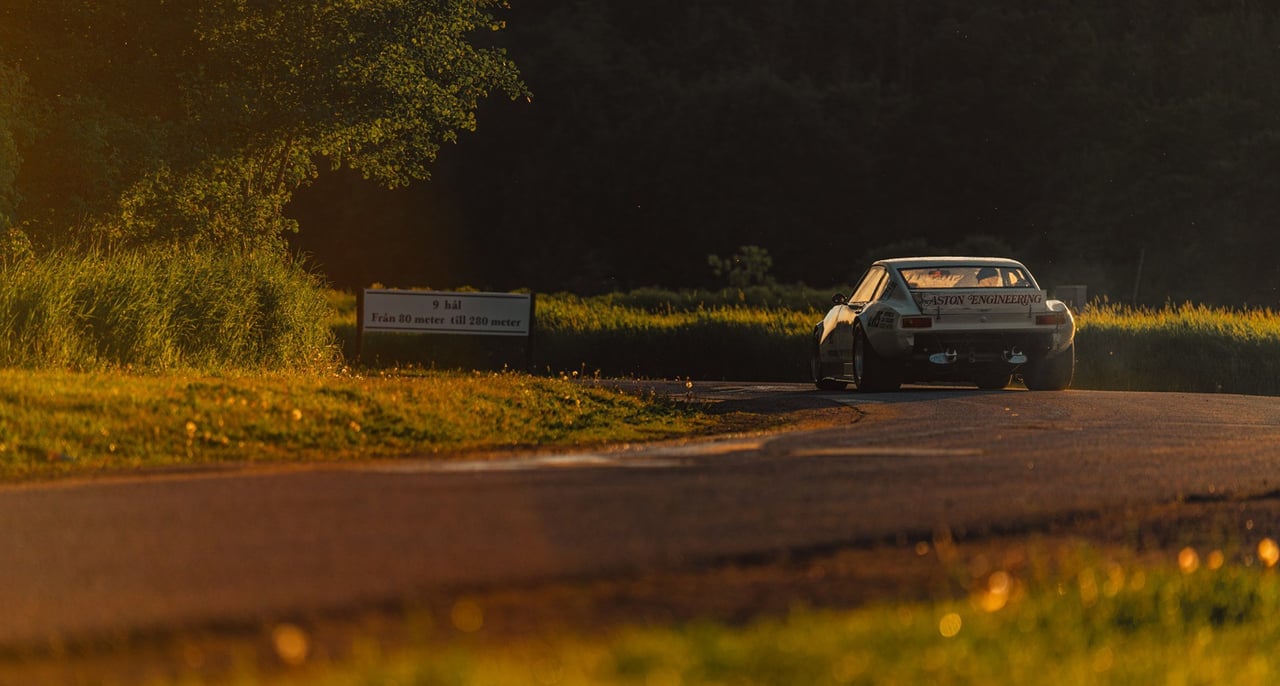
“It’s a really competitive car. I had a brief stint driving it in the 1990s at Bromma Airport in Stockholm, where they have a test track, and we were the fastest there for four years. This Aston is a very analogue, brutal machine and it’s extremely unforgiving because it’s just a shell with a massive engine, although it still goes very quickly around the corners. Other cars I’ve driven are refined and accommodate the driver, but this isn’t like that at all. It’s just mechanically brutal.”
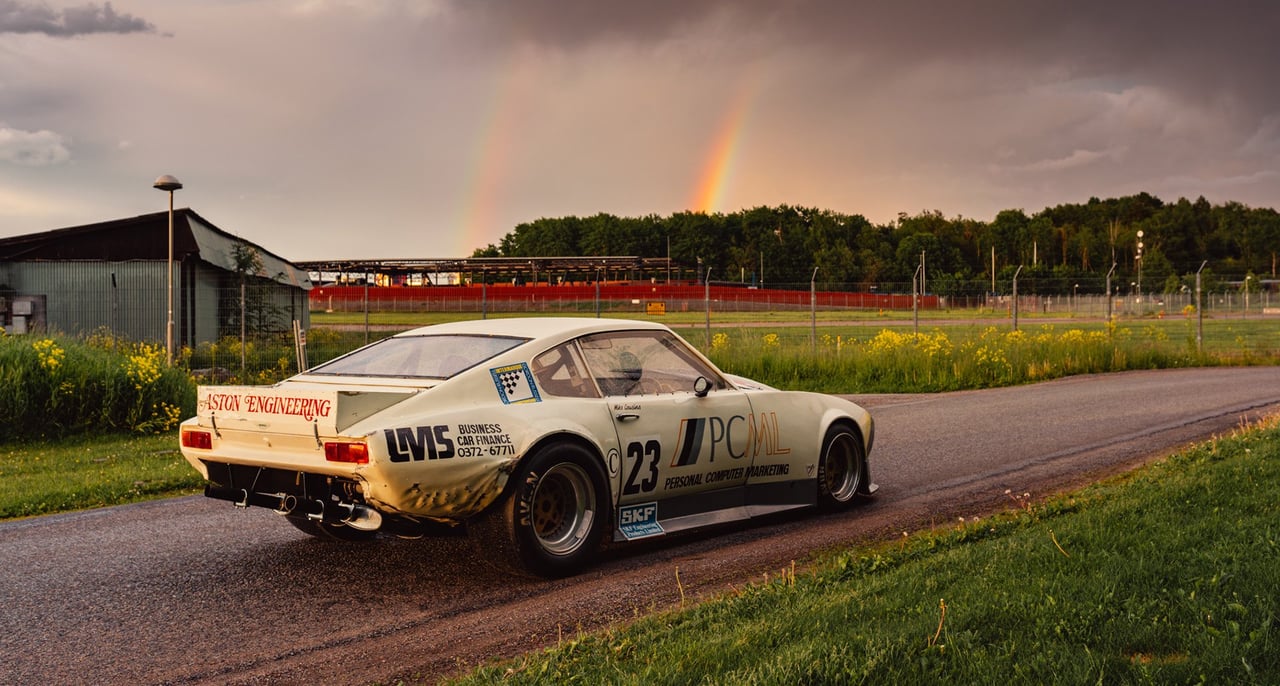
After nearly three and a half decades under Peter’s care, the car is now looking for a new custodian. With a rich period race history, and a habit of finding its way to the top of the podium, this Aston V8 would make for an excellent entry into your local historic racing series. If you think you’re brave enough to tame this wild machine, the lovely folks at Kaiser Classic will be waiting for your call.
Photos by Alen Haseta





























